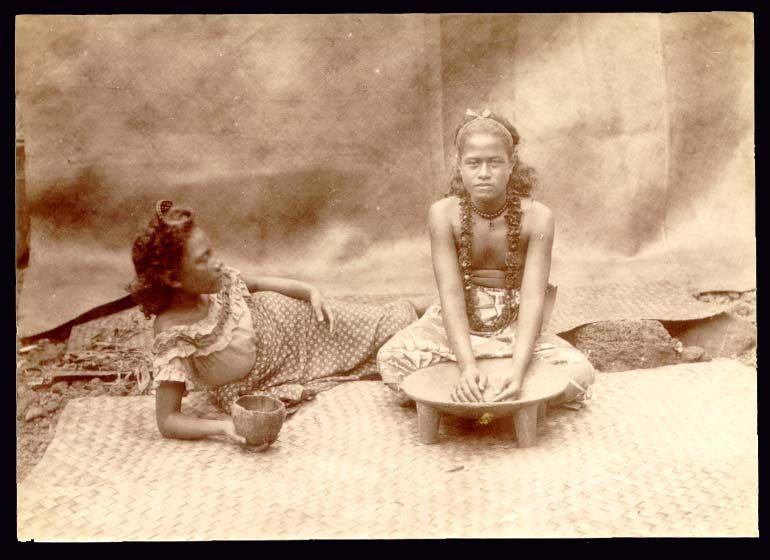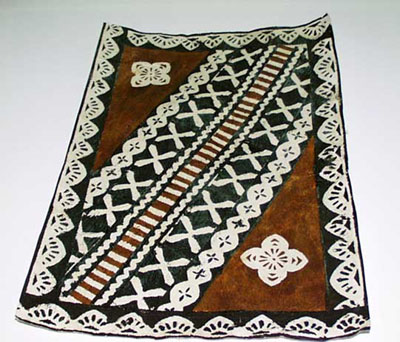FIJIAN NATIVES



Click here for another website on Fiji
Railways: total: 597 km; note - belongs to the government-owned Fiji Sugar Corporation narrow gauge: 597 km 0.610-m gauge (1995) Highways: total: 3,440 km paved: 1,692 km unpaved: 1,748 km (1996 est.) Waterways: 203 km; 122 km navigable by motorized craft and 200-metric-ton barges Seaports and harbors: Labasa, Lautoka, Levuka, Savusavu, Suva Merchant marine: total: 6 ships (1,000 GRT or over) totaling 11,870 GRT/14,787 DWT ships by type: chemical tanker 2, passenger 1, petroleum tanker 1, roll-on/roll-off 1, specialized tanker 1 (1999 est.) Airports: 25 (1999 est.) Airports - with paved runways: total: 3 over 3,047 m: 1 1,524 to 2,437 m: 1 914 to 1,523 m: 1 (1999 est.) Airports - with unpaved runways: total: 22 914 to 1,523 m: 5 under 914 m: 17 (1999 est.)COMMUNICATION
Telephones
- main lines in use 65,000 (1995)Telephones
- mobile cellular 100,000 (2004)Telephone system
Modern local, interisland, and international (wire/radio integrated) public and special-purpose telephone, telegraph, and teleprinter facilities; regional radio communications center •Domestic: NA •International: Access to important cable links between US and Canada as well as between NZ and Australia; satellite earth station - 1 Intelsat (Pacific Ocean)Radio broadcast stations
AM 13, FM 40, shortwave 0 (1998)Radios
500,000 (1997)Television broadcast stations
NATelevisions
21,000 (1997)Internet Service Providers (ISPs)
2 (1999)Country code
(TLD) FJ
 If you visit Fiji you’ll want to bring back souvenirs from your trip. I would suggest purchasing Fijian Tapa (Masi cloth) which is hand made paper with designs that are typically stenciled, stamped, or smoked onto the fabric. There are many Tapa pieces to choose from including handbags, clothing, and décor.
Tapa (Masi cloth) is used in traditional Fijian dress. The cloth is used in many of traditional ceremonies and celebrations including Meke, marriage, death, worship and death.
According to the website of the Matangi Island Resort Fiji Islands Tapa is created using the following method:
The bark of young trees is stripped, and the bark and inner layer soaked and worked by scraping with a shell and pounding on a large log with a special tool to flatten and widen the material. Women generally do the pounding, and you frequently can hear them working in the villages.
After the material is initially beaten and worked, it is beaten again onto another piece of bark, or it is dried and glued onto another sheet. It is then dried and the patterns are stenciled onto the newly prepared fabric. Current-day patterns include bures, canoes, flowers and turtles.
If you visit Fiji you’ll want to bring back souvenirs from your trip. I would suggest purchasing Fijian Tapa (Masi cloth) which is hand made paper with designs that are typically stenciled, stamped, or smoked onto the fabric. There are many Tapa pieces to choose from including handbags, clothing, and décor.
Tapa (Masi cloth) is used in traditional Fijian dress. The cloth is used in many of traditional ceremonies and celebrations including Meke, marriage, death, worship and death.
According to the website of the Matangi Island Resort Fiji Islands Tapa is created using the following method:
The bark of young trees is stripped, and the bark and inner layer soaked and worked by scraping with a shell and pounding on a large log with a special tool to flatten and widen the material. Women generally do the pounding, and you frequently can hear them working in the villages.
After the material is initially beaten and worked, it is beaten again onto another piece of bark, or it is dried and glued onto another sheet. It is then dried and the patterns are stenciled onto the newly prepared fabric. Current-day patterns include bures, canoes, flowers and turtles.


